During tomato cultivation, it's common to encounter the issue of curled and shriveled leaves. This not only affects the tomato plant’s photosynthesis but also leads to poor growth, ultimately impacting fruit yield and quality. Understanding the causes of curled and shriveled tomato leaves and knowing how to address them is crucial for ensuring a good tomato harvest.
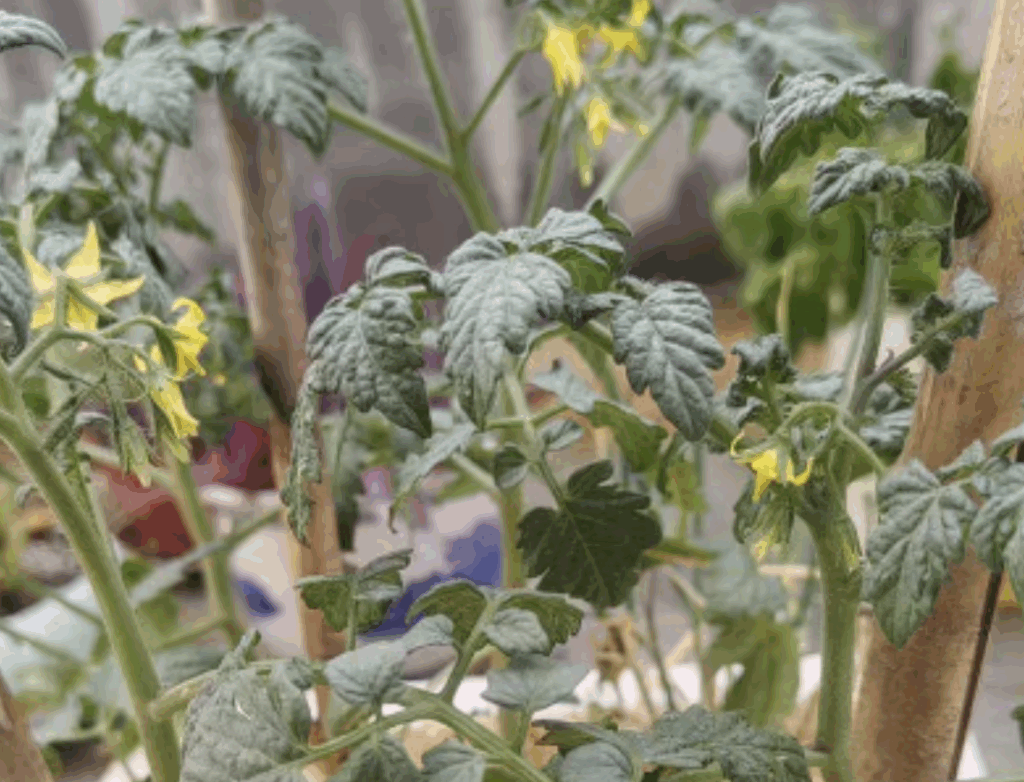
Environmental changes have a significant impact on tomato leaves. When the weather is too hot and the sun is too intense, the water in the tomato leaves evaporates quickly, and the roots can't absorb water fast enough to replenish it. As a result, the leaves curl up to conserve moisture. On the other hand, cold weather can cause the tomato plant to freeze, slow its growth, and make the leaves wrinkle. If the soil is too dry, the tomato plants will become dehydrated, causing the leaves to curl. Excessive rainfall or poor drainage can also cause the roots to sit in water, leading to leaf problems. Additionally, if the soil is too saline or alkaline, it becomes difficult for the tomato plant to absorb water and nutrients, which can also result in curled leaves.
Diseases and pests are also major culprits. When a tomato plant is infected with a viral disease, the leaves will develop yellow-green spots and become wrinkled and curled. The plant will grow slowly and may even die. Pests like aphids and whiteflies suck the sap from the leaves, and they secrete substances that block leaf growth. The viruses they carry can exacerbate the curling of the leaves. Spider mites hide on the undersides of leaves and cause discoloration and curling at the edges.
Improper cultivation management can also lead to curled leaves. Excessive nitrogen fertilization can cause the tomato plant to grow too rapidly, resulting in large, thin leaves that curl easily. A lack of important nutrients such as phosphorus, potassium, and calcium can also cause poor leaf development. Over-pruning or excessive branch trimming can damage the roots and disrupt the plant's growth balance, leading to curled leaves. Additionally, improper use of pesticides or growth regulators—whether the concentration is incorrect or applied at the wrong time—can result in chemical damage, causing the leaves to twist and deform.
Once the cause is identified, there are several ways to address the issue. During hot weather, you can build a shade structure for the tomatoes to block out the intense sunlight while still allowing adequate light. When it’s cold, use plastic film or a small greenhouse to keep the plants warm. Watering should follow the "dry to wet" principle—water when the soil is dry, and use slow irrigation methods like drip or furrow irrigation rather than flooding the soil.
To deal with diseases and pests, immediately remove and dispose of infected plants if they are affected by a viral disease. For early-stage infections, use appropriate pesticides. To control aphids and whiteflies, you can hang yellow sticky traps to catch them or use pesticide sprays, making sure to alternate between different chemicals. For spider mites, focus on spraying the undersides of the leaves.
When fertilizing, adjust according to the tomato plant’s growth stage. Apply organic fertilizers more frequently and focus on different types of fertilizers at different growth stages. Prune and trim with care—don’t rush or overdo it. Keep the main stem and a few healthy side branches, and always disinfect your tools before use. Before applying pesticides or growth regulators, conduct a small-scale test, and apply them on a sunny afternoon, avoiding high-temperature periods.
By following these methods, you can help your tomato leaves recover to a healthy state!

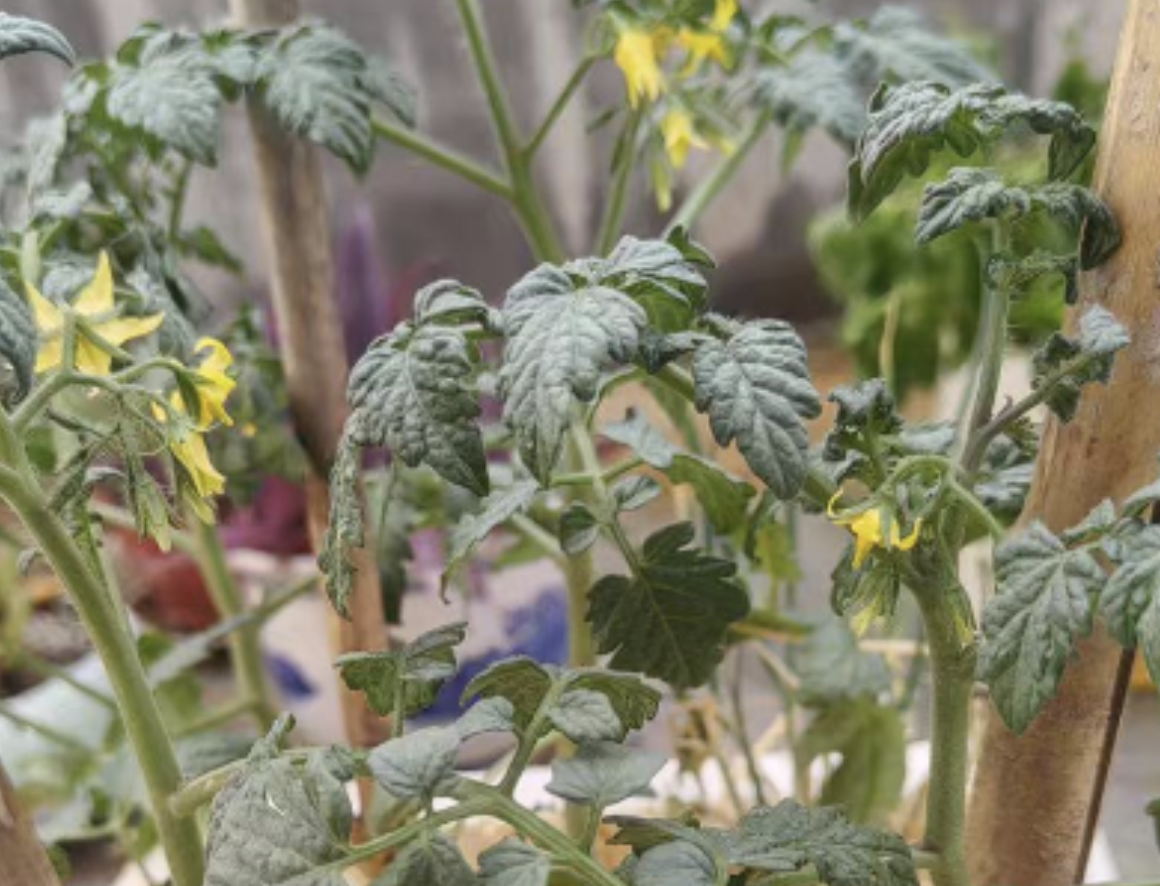
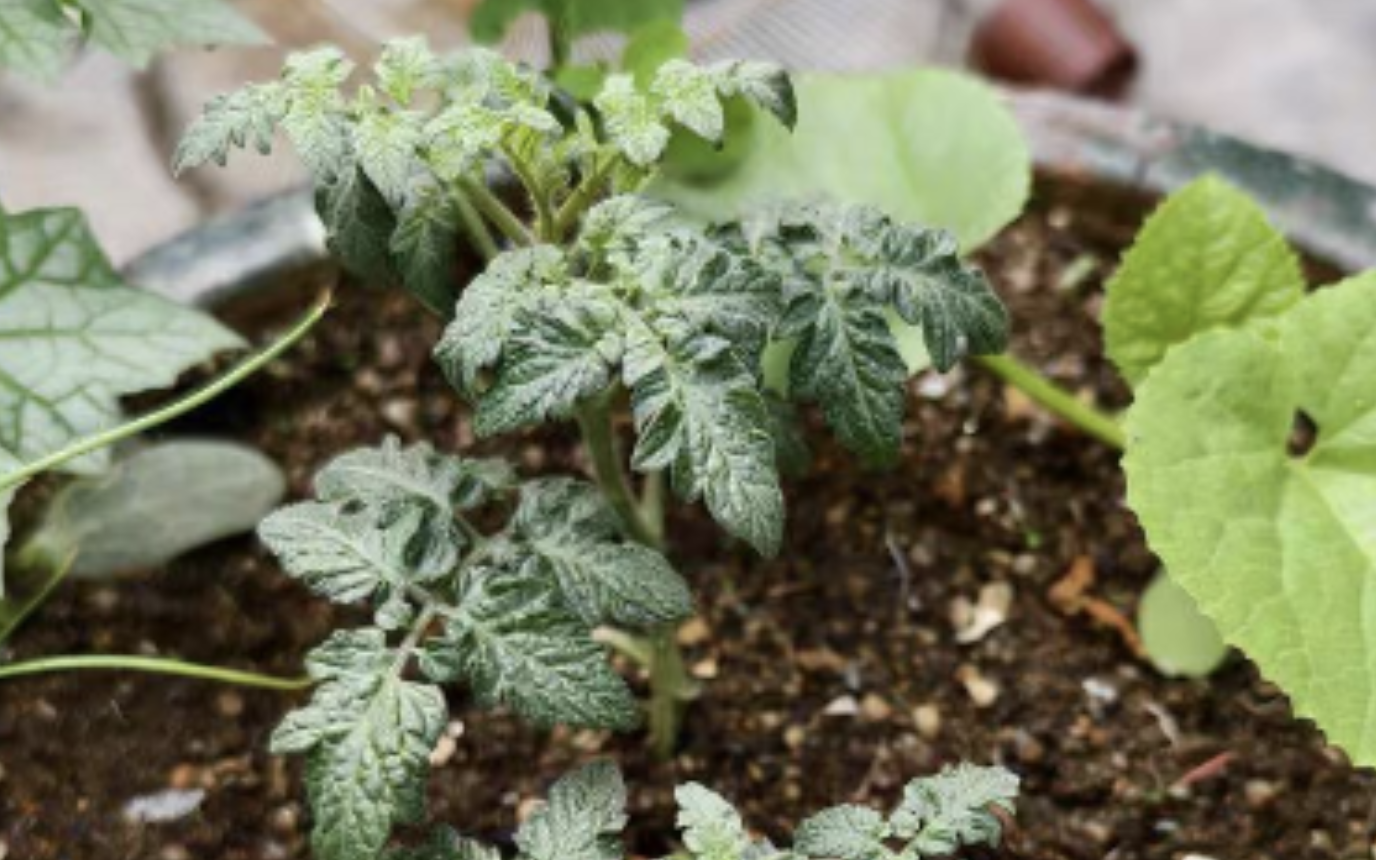
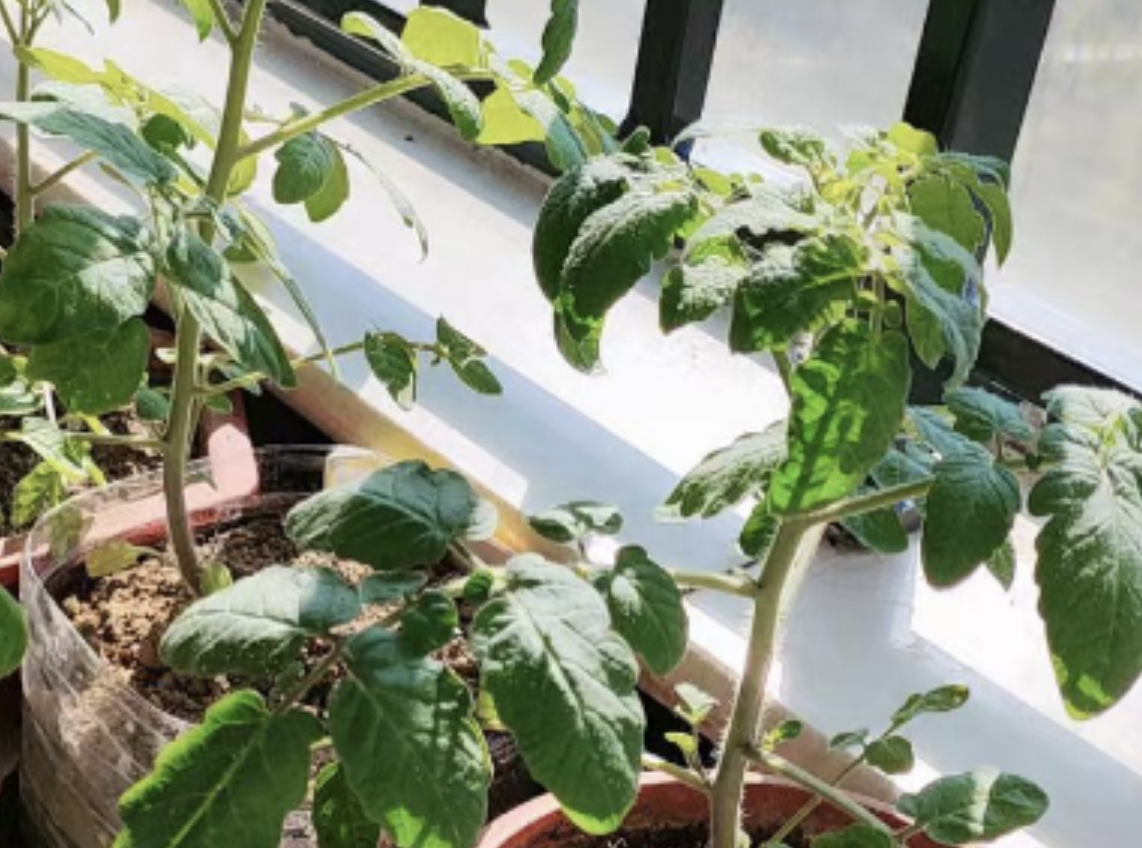
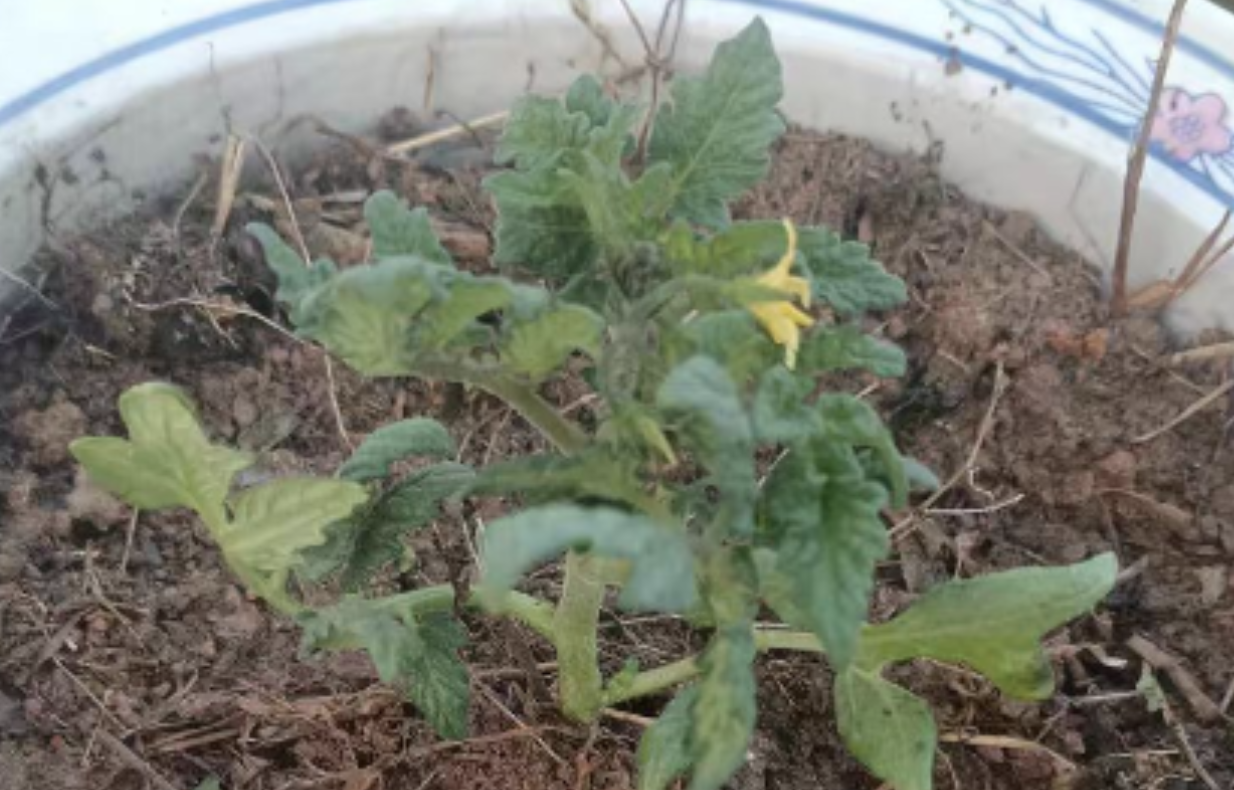
Leave a Reply